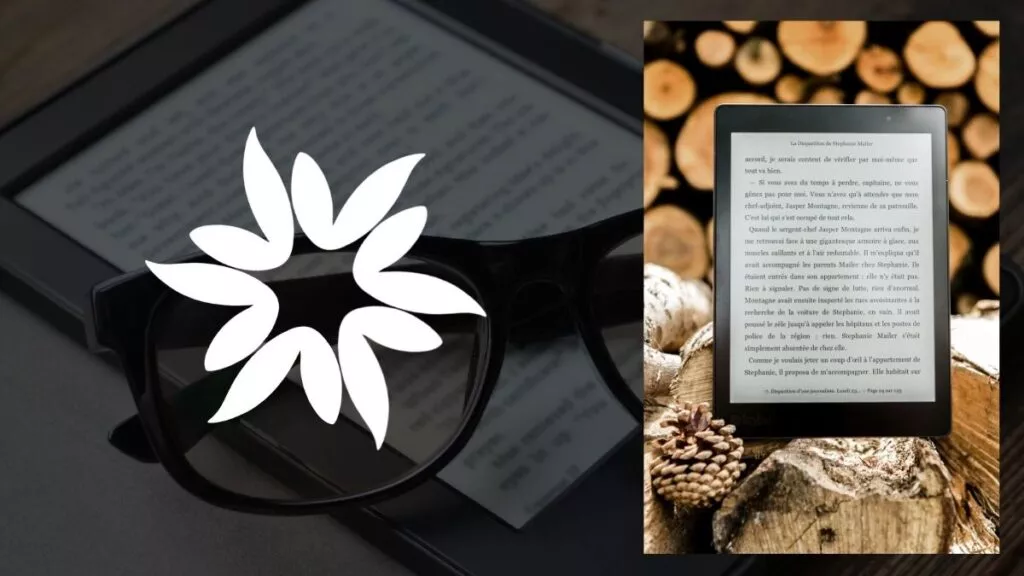Explore the evolution of manga, from its ancient origins to becoming a global cultural phenomenon, including key figures, genres, and works that shaped it.
Key Takeaways
- Traced back to ancient scrolls, evolving with cultural influences over centuries.
- Diversification into genres like Shōnen, Shōjo, Seinen, and Gekiga, with significant figures like Osamu Tezuka shaping its modern form.
- The digital age and international exports have made manga a worldwide sensation, with works like ONE PIECE leading the charge.
The Evolution of Japanese Comics
Manga, a term that resonates with the vibrancy of Japanese comic culture, has a rich history that stretches back centuries, evolving through various forms and influences to become the global phenomenon it is today. This guide explores the birth and evolution of manga, highlighting key works and moments that have defined this art form.
The Dawn of Manga: Ancient Scrolls and Early Influences
The roots of manga can be traced back to the Chōjū-giga (Scrolls of Frolicking Animals) from the 12th century, depicting animals in human-like scenarios, believed by some to be the earliest form of manga. The term “manga” itself was first used in 1798 by Santō Kyōden for his picture book Shiji No Yukikai and later popularized by Hokusai in the early 19th century with his Hokusai Manga, a collection of sketches rather than narrative stories. These early forms laid the groundwork for manga, blending art with storytelling uniquely.
Manga in Modern Japan: Post-War Evolution and Golden Age
Post-WWII, Japan saw a significant transformation in manga. The U.S. occupation introduced restrictions that limited manga’s content and inspired a wave of creativity among Japanese artists influenced by American comics and Disney animations. This period witnessed the rise of manga genres like Gekiga, Shōnen, Shōjo, Seinen, and Josei, catering to diverse audiences with themes ranging from adventure and romance to mature and complex social issues. Osamu Tezuka, dubbed the “godfather of manga,” created iconic works such as Astro Boy. The 60s to the 80s are considered the Golden Age of manga, marked by experimentation and the broadening of genres, including the introduction of Hentai.
Contemporary Manga and Global Reach
The digital age has transformed manga production and consumption, with digital platforms making manga more accessible worldwide. This era has shifted towards self-publication and webcomics, allowing for greater creative freedom and diversity in storytelling. Manga’s international appeal has grown, with exports and anime adaptations significantly introducing manga to global audiences. Series like ONE PIECE have become popular, illustrating manga’s enduring appeal and cultural significance.
Key Works That Defined Manga
- The Tale of the Monkeys and Chōjū giga: Early examples showing animals in human scenarios, foundational to manga’s development.
- Santō Kyōden’s works: Bridged pictures and words in comic illustrated novels commenting on society.
- Hokusai Manga: A collection of sketches by Katsushika Hokusai that popularized the term “manga.”
- Japan Punch: Satirical cartoons that influenced Japanese artists in the late 19th century.
- Kawanabe Kyōsai’s stage curtain: Demonstrated wit and visual storytelling.
- Topical Manga (Jiji manga): Showed the development of the manga market in Japan.
- Manga Sugoroku: Reflected manga’s role in modern culture through serialized strips.
- Red Books (Akahon): Cheap, long-format story manga that became popular post-WWII.
- Garo Magazine: Represented the genre of Gekiga and avant-garde manga.
- The Poe Clan: Highlighted new developments in Shōjo manga in the 1970s.
- ONE PIECE: Symbolizes the golden age of manga and its global popularity.
- Gigatown: Represents contemporary manga artists making connections between historical and modern manga.
Manga has not only survived through various historical and cultural shifts but has flourished, evolving into a significant art form and industry that continues to influence and entertain millions around the globe. Its history reflects a unique blend of tradition, innovation, and cultural exchange, making manga a fascinating subject of study and enjoyment.
Liked this article? Check out our other exclusive series.









